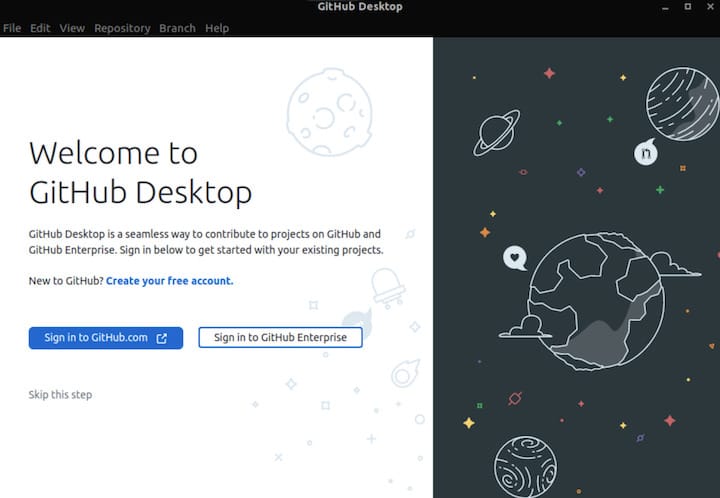How To Install GitHub Desktop on openSUSE

In this tutorial, we will show you how to install GitHub Desktop on openSUSE. GitHub Desktop, a seamless tool for developers, simplifies the complex world of version control and repository management. This powerful application brings the robust functionality of GitHub to your local machine, making it easier to manage repositories, commit changes, and collaborate with teams.
This article assumes you have at least basic knowledge of Linux, know how to use the shell, and most importantly, you host your site on your own VPS. The installation is quite simple and assumes you are running in the root account, if not you may need to add ‘sudo‘ to the commands to get root privileges. I will show you the step-by-step installation of the GitHub Desktop on openSUSE.
Prerequisites
- A server running one of the following operating systems: openSUSE (either Leap or Tumbleweed).
- It’s recommended that you use a fresh OS install to prevent any potential issues.
- You will need access to the terminal to execute commands. openSUSE provides the Terminal application for this purpose. It can be found in your Applications menu.
- You’ll need an active internet connection to download GitHub Desktop and its dependencies.
- You’ll need administrative (root) access or a user account with sudo privileges.
Install GitHub Desktop on openSUSE
Step 1. Before installing any new software, it’s crucial to update your system to ensure all existing packages are up-to-date. This ensures that your system has the latest security patches and dependencies needed for a smooth installation. To update your system, run the following command in the terminal:
sudo zypper refresh sudo zypper update
Step 2. Installing GitHub Desktop on openSUSE.
This is the first step in the installation process. Run the following command to install the GPG certificate:
sudo rpm --import https://mirror.mwt.me/ghd/gpgkey
To set the package repository, run one of these commands:
# if you want to use packagecloud.io $ sudo sh -c 'echo -e "[shiftkey]\nname=GitHub Desktop\nbaseurl=https://packagecloud.io/shiftkey/desktop/el/7/\$basearch\nenabled=1\ngpgcheck=0\nrepo_gpgcheck=1\ngpgkey=https://mirror.mwt.me/ghd/gpgkey" > /etc/zypp/repos.d/shiftkey-desktop.repo' # if you want to use the US mirror $ sudo sh -c 'echo -e "[shiftkey]\nname=GitHub Desktop\nbaseurl=https://mirror.mwt.me/ghd/rpm\nenabled=1\ngpgcheck=0\nrepo_gpgcheck=1\ngpgkey=https://mirror.mwt.me/ghd/gpgkey" > /etc/zypp/repos.d/shiftkey-desktop.repo'
After setting up the package repository, install GitHub Desktop using the package manager with the following command:
sudo zypper ref sudo zypper in github-desktop
Step 3. Launch GitHub Desktop on openSUSE.
After the installation is complete, you can launch GitHub Desktop from the applications menu or from the terminal. To launch it from the terminal, use the following command:
github-desktop

Congratulations! You have successfully installed GitHub Desktop. Thanks for using this tutorial for installing GitHub Desktop on your openSUSE system. For additional or useful information, we recommend you check the official GitHub Desktop website.